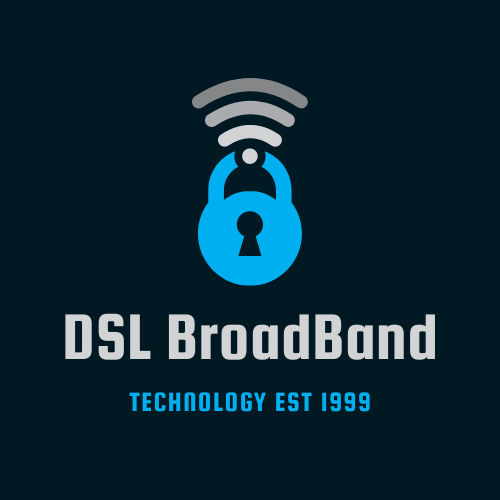In today’s fast-paced and interconnected world, where information is exchanged in the blink of an eye, having a reliable and efficient internet connection has become an absolute necessity. Two technologies that have played a pivotal role in shaping our online experiences are Digital Subscriber Line (DSL) and broadband internet. In this article, we will explore the ins and outs of these technologies, shedding light on how they work and the benefits they bring to our digital lives.
DSL: Bridging the Gap Between Voice and Data
Digital Subscriber Line, or DSL, revolutionized the way we connect to the internet by utilizing existing telephone lines to transmit data. This ingenious technology brought about a significant leap in internet speeds compared to the dial-up connections that were prevalent in the past. Unlike dial-up, where users had to endure the agonizing sound of a modem handshake, DSL allowed for simultaneous voice and data transmission, transforming our online experiences.
DSL operates by splitting the telephone line into separate frequency channels, enabling voice communication on one channel and data transmission on another. This division allowed for faster data transfer speeds, making activities like web browsing, streaming, and online gaming smoother and more enjoyable. However, it’s worth noting that DSL speeds can vary depending on factors such as distance from the telephone exchange and the quality of the copper wiring.
Broadband: Unleashing the Power of High-Speed Internet
While DSL was a game-changer, broadband internet took things to a whole new level. Broadband is a generic term that refers to high-speed internet connections that provide fast data transfer rates for both downloading and uploading. It encompasses various technologies, including DSL, cable, fiber optics, and satellite. These technologies share the common goal of delivering superior speed and performance compared to traditional methods.
One of the most popular forms of broadband internet is cable broadband. This technology utilizes the same coaxial cables that deliver cable television to our homes. Cable broadband offers impressive speeds, making it ideal for households with multiple devices and users. Fiber optic broadband, on the other hand, is the gold standard when it comes to speed and reliability. Transmitting data as pulses of light through thin glass or plastic fibers, fiber optic broadband boasts incredible speeds that can handle even the most data-intensive tasks with ease.
Choosing the Right Internet Connection
Selecting the right internet connection for your needs depends on various factors. DSL, with its widespread availability and affordability, remains a reliable choice for those who don’t require ultra-high speeds. It’s well-suited for light to moderate internet usage such as web browsing, email, and video streaming.
For users who demand blazing-fast speeds and seamless performance, cable or fiber optic broadband is the way to go. Cable broadband offers high speeds and is often bundled with television services, making it a convenient choice for entertainment enthusiasts. Fiber optic broadband, available in select areas, promises unparalleled speed and stability, making it perfect for remote work, online gaming, 4K streaming, and other bandwidth-intensive activities.
In conclusion, DSL and broadband internet have transformed the way we connect, communicate, and consume information. While DSL pioneered the shift from dial-up to faster connections, broadband technologies like cable and fiber optics have pushed the boundaries of speed and performance. When choosing an internet connection, it’s essential to consider your usage patterns and requirements to ensure you’re getting the most out of your online experience. Whether you’re a casual surfer or a digital enthusiast, these technologies continue to shape the digital landscape we navigate every day.

